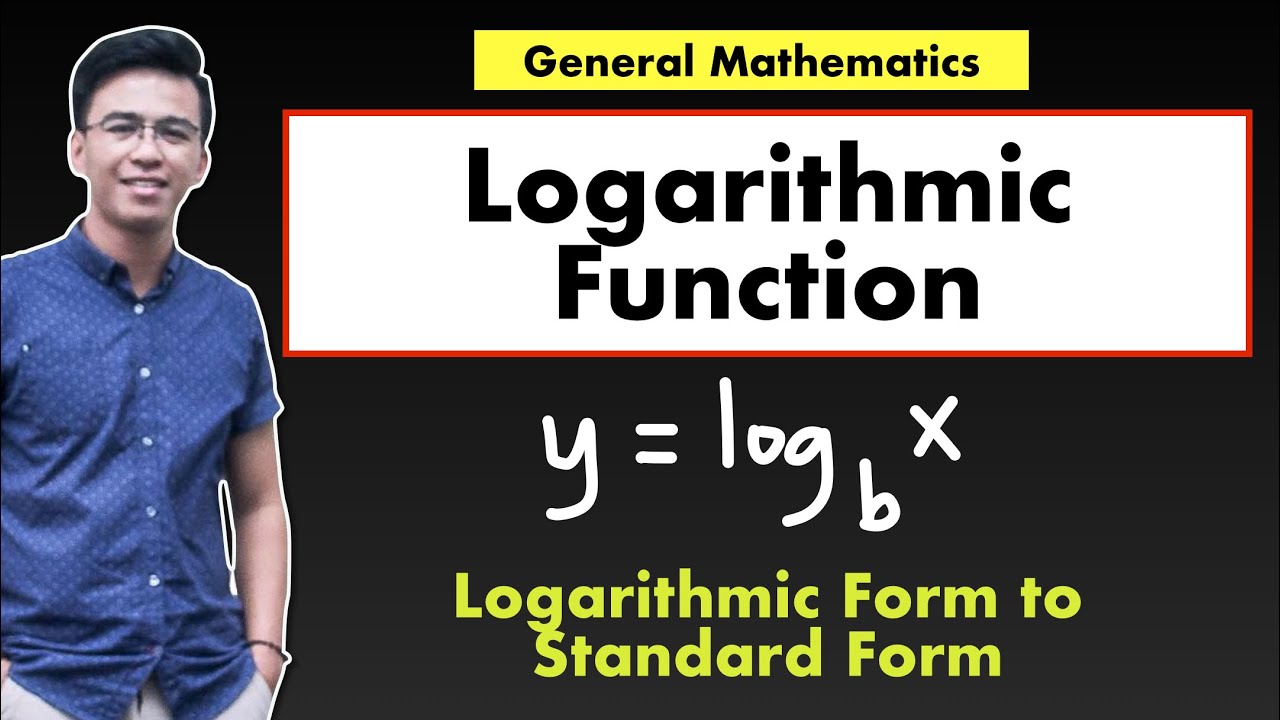FUNCIONES EXPONENCIALES
Summary
TLDRThis video lesson covers the basics of exponential functions and equations. It explains the form of exponential functions, where the base is a positive number different from 0 and 1, and the exponent contains the variable 'x'. The video also demonstrates how to graph exponential functions and solve exponential equations by making the bases the same. Additionally, the importance of logarithms is briefly mentioned for more complex cases. Through examples and practice exercises, students are guided to understand key concepts like graph behavior and solving equations with exponents.
Takeaways
- 😀 Exponential functions are represented by the form f(x) = a^x, where 'a' is the base, a positive number different from 0 and 1, and 'x' is the exponent.
- 😀 Exponential functions are different from polynomial functions. In exponential functions, the variable is in the exponent, while in polynomial functions, the variable is in the base.
- 😀 There are two types of exponential graphs: one where the graph ascends (when the base is greater than 1) and one where the graph descends (when the base is between 0 and 1).
- 😀 The domain of exponential functions is all real numbers, and the graph never touches the x-axis, although it can shift up or down if manipulated.
- 😀 Exponential functions always cross the y-axis at the point (0, 1), regardless of whether the graph ascends or descends.
- 😀 When graphing exponential functions, you'll observe the behavior of the graph depending on the base. Higher bases cause the graph to ascend more steeply, while smaller bases (between 0 and 1) cause the graph to descend.
- 😀 To graph exponential functions, you can use a calculator to compute values like 2^x for various x-values, plot those points, and then connect them to form the curve.
- 😀 An exponential equation is one where the unknown (variable) is in the exponent. To solve these, try to express both sides with the same base.
- 😀 When solving exponential equations, if the bases are the same, you can set the exponents equal to each other to find the solution.
- 😀 If the bases cannot be made the same, logarithms can be used to solve exponential equations, though this method will be covered later.
Outlines

此内容仅限付费用户访问。 请升级后访问。
立即升级Mindmap

此内容仅限付费用户访问。 请升级后访问。
立即升级Keywords

此内容仅限付费用户访问。 请升级后访问。
立即升级Highlights

此内容仅限付费用户访问。 请升级后访问。
立即升级Transcripts

此内容仅限付费用户访问。 请升级后访问。
立即升级浏览更多相关视频

Logarithmic Functions | Transforming Logarithmic Equation to Exponential Form and Vice Versa

FÁCIL e RÁPIDO | FUNÇÃO EXPONENCIAL

Exponential Functions, Equations & Inequalities

EXPONENTIAL FUNCTIONS, EQUATIONS AND INEQUALITIES || GRADE 11 GENERAL MATHEMATICS Q1

Illustrative Math | Algebra 2 | 4.9 Lesson

Matematika SMA - Persamaan Eksponen (1) - Bentuk Dasar a^f(x) = a^p
5.0 / 5 (0 votes)
